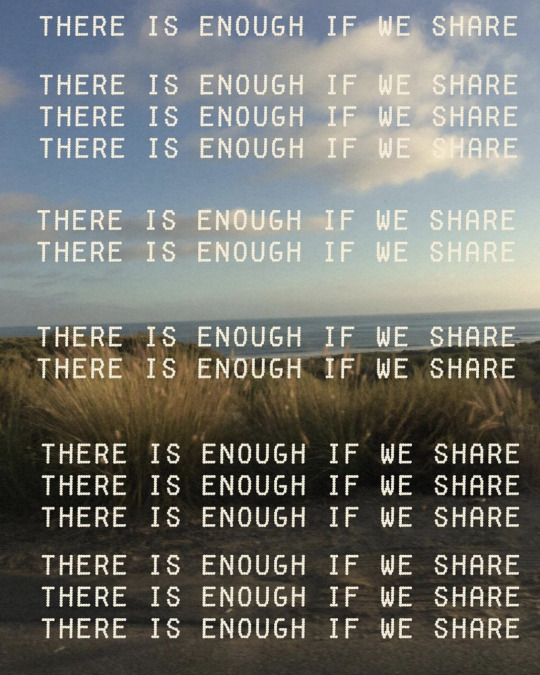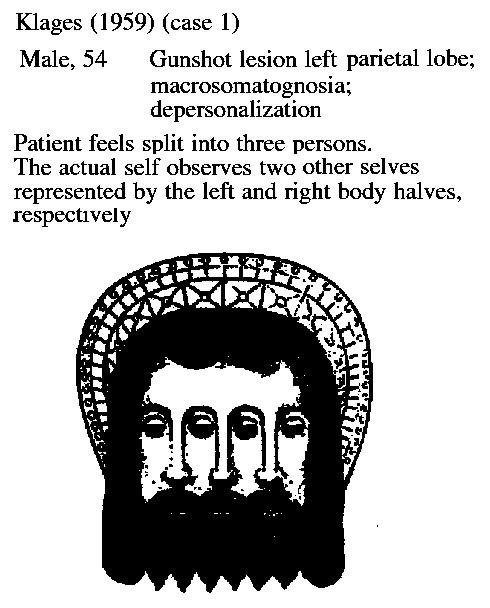Text
2024
Keep yourself warm
Hem your jeans if you have to
Mind the soil
Nostalgia is less a roof than a springboard
Stop choosing punishment
Delinearize time&narratives&self. More importantly delinearize hope
Recreational luddism
Youtube shorts is the devil talking
every material form you encounter exists within social and ecological networks broader than you can fathom . what resides before production and after disposal? never forget and never stop asking
Take a deep breath. keep reading
3K notes
·
View notes
Text


Sun & Steel by Yukio Mishima
135 notes
·
View notes
Photo

The Sun and the planets in a row. How planets and moons were made. 1915.
Internet Archive
1K notes
·
View notes
Text
There is no pattern here. Or, if there is one, it resides precisely in the fact that this shifting back and forth allowed mature and self-conscious political actors to be continually aware that no social order was immutable: that everything was at least potentially open to negotiation, subversion, and change. Are rituals and ritual seasons expressions of arbitrary authority or venues of social creativity? Are they, in essence, reactionary or progressive? Were our earliest ancestors simple and egalitarian, or complex and stratified? Are humans good or bad? Perhaps all these questions blind us to what really makes us human, which is our ability to negotiate between such alternatives.
We do not have to choose between an egalitarian or hierarchical start to the human story. We just have to bid farewell to the childhood of man and acknowledge – as Lévi-Strauss insisted – that our early human ancestors were not just our cognitive equals, but our intellectual and philosophical peers too. Likely as not, our Palaeolithic forbears were aware, at least in a very broad sense, of many later social possibilities. Likely as not they grappled with the paradoxes of social creativity just as much as modern theorists, and understood them – at least the most reflexive among them – just as much, which means also just as little. Perhaps this is what being ‘intellectually modern’ actually means. If there is a riddle here it is why, after millennia of constructing and disassembling forms of hierarchy, Homo sapiens – supposedly the wisest of apes – allowed permanent and intractable systems of inequality to first take root?
Farewell to the ‘childhood of man’: ritual, seasonality, and the origins of inequality; David Graeber, David Wengrow
#quotes#david wengrow#david graeber#anarchism#anthropology#prehistory#archive#i have my own problems with w&g#as everyone else in the human sciences seems to have at some point#but they go sooo hard sometimes
4 notes
·
View notes
Text

Vivienne Westwood: 'Portrait' Collection, Autumn/Winter 1990-1991
scans
197 notes
·
View notes
Text
queer classics: a speculative reading list
well i said i would so: my rec list for queer classics scholarship! this comes from my own experience with the subfield of queer classics during my time as a graduate student and my current life as an independent researcher.
i'll put it under a cut because it's long and because (gasp!) i capitalized more formally while i was writing it. if you find this resource useful and want to support an underemployed colleague, my ko-fi is here.
This list mixes multiple different kinds of scholarly resources, including academic books and articles, public-facing scholarship, blog posts, and conference recordings. It does not include primary source material (i.e., ancient texts themselves) – in part, because I think far more ancient texts are open to queer readings than those that make up the existing ‘canon,’ and in part because this reading list is more focused on methodology than it is on any one ancient source.
I’ve marked which texts are available for free online (*) and which are available with a JSTOR account or Academia.edu account (**). Most academic books or articles should be variously available in academic library systems. I have PDFs of the majority, so if you’re having trouble finding something, feel free to reach out!
Foundations of Gender and Sexuality Studies in Classics
These are some foundational works for thinking about gender and sexuality in the Greek and Roman worlds, which I would categorize under a methodological approach akin to LGBTQ+ studies. The primary distinction for me is that these works provide crucial information about systems of sexuality and relevant sources, but are often a) older and b) don’t use queer theory (or use it in a very limited way). This is by no means exhaustive, but it’s just a short selection of things that get cited often in queer Classics.
Sandra Boehringer, Female Homosexuality in Ancient Greece and Rome (2021; originally published as L’Homosexualité dans l’Antiquité grecque et romaine, 2007)
Kenneth J. Dover, Greek Homosexuality (1978)
Judith P. Hallett and Marylin B. Skinner (ed.), Roman Sexualities (1997) **
David M. Halperin, One Hundred Years of Homosexuality and Other Essays on Greek Love (1990)
David M. Halperin, John J. Winkler, and Froma Zeitlin (eds), Before Sexuality: The Construction of Erotic Experience in the Ancient Greek World (1990) **
Craig A. Williams, Roman Homosexuality (2010; 2nd edition)
John J. Winkler, The Constraints of Desire: The Anthropology of Sex and Gender in Ancient Greece (1990)
Queering Classics
As I mentioned above, these are selected primarily because I think they’re extremely valuable examples of queer Classics methodology. The ground that they cover in terms of sources, authors, time periods, etc. is not meant to be universal. My aim is moreso to show what queer Classics can be and what it can do; the methods can be applied to any source you want!
Kadji Amin, Disturbing Attachments: Genet, Modern Pederasty, and Queer History (2017) **
Marcus Bell and Eleanora Colli, “Queer Theory and Classics” (2022) *
Shane Butler, “Homer’s Deep” in Deep Classics: Rethinking Classical Reception (2016) and “The youth of antiquity: reception, homosexuality, alterity” in Classical Receptions Journal (2019) **
Cyberantiquities, “Sappho’s Yuri of Absence” (2023) *
Kay Gabriel, “Specters of Dying Empire: The Case of Carson’s Bacchae” in Tripwire: a journal of poetics *
Erik Gunderson, Staging Masculinity: The Rhetoric of Performance in the Roman World (2000) **
Ella Haselswerdt, “Sappho’s Body as Archive: Towards a Deep Lez Philology” in Critical Ancient World Studies: The Case for Forgetting Classics (ed. Mathura Umachandran and Marcella Ward; 2023)
Ella Haselswedt, Sara H. Lindheim, and Kirk Ormand (ed.), The Routledge Handbook of Classics and Queer Theory (2023)
Tom Hendrickson, “Gender Diversity in Greek and Latin Grammar: Ten Ancient Discussions” *
Maxine Lewis, “Queering Catullus in the Classroom: The Ethics of Teaching Poem 63” in From Abortion to Pederasty: Addressing Difficult Topics in the Classics Classroom (ed. Nancy Sorkin Rabinowitz and Fiona McHardy; 2014) **
Tom Sapsford, Performing the Kinaidos: Unmanly Men in Ancient Mediterranean Cultures (2022)
Sebastian Matzner, “Queer Unhistoricism: Scholars, Metalepsis, and Interventions of the Unruly Past” in Deep Classics: Rethinking Classical Reception (ed. Shane Butler; 2016)
Ky Merkley, “Writing trans histories with an ethics of care, while reading imperial Roman literature” in Gender & History (2023) *
Melissa Mueller, Sappho and Homer: A Reparative Reading (2023)
Kelly Nguyen, “Queering Telemachus: Ocean Vuong, Postmemories and the Vietnam War” in International Journal of the Classical Tradition (2021) **
Walter D. Penrose, Jr., Postcolonial Amazons: Female Masculinity in Ancient Greek and Sanskrit Literature (2016)
Queer and the Classical - Their website hosts video recordings from two conferences (2021 and 2022) and two seminar series (2020 and 2021) that brought together queer researchers and artists in the field, in order to bring about new and radical ways to imagine, think, and feel future engagements with the queer and the classical. Strongly recommended that you take a look at their wide selection of video recordings! *
Vanessa Stovall, “‘Quid Si Comantur?’: Pic(k/t)ing out Entangled Epistemologies of Ex(cess) in (Em)bodied Techne” (2021) *
Allison Surtees and Jennifer Dyer (ed.), Exploring Gender Diversity in the Ancient World (2020) **
Trans in Classics - Trans in Classics is a working group of the Society for Classical Studies that seeks to provide a community and source of advocacy for trans folx within Classics and to promote and produce scholarship that discusses trans-identities, issues, and readings. Currently their site hosts announcements on relevant events and publications. *
J. L. Watson, “Reframing Iphis and Caeneus: Trans Narratives and Socio-Linguistic Gendering in Ovid’s Metamorphoses” in Helios (2021)
Queer Theory Recommendations
These are some authors in the field of queer theory whose work nominally has nothing to do with Classics. I would argue that an important part of queer Classics methodology is exposing oneself to queer scholarship outside of Classics. Here are some great starting points!
Sara Ahmed, Queer Phenomenology: Orientations, Objects, Others (2006) **
Marquis Bey, Black Trans Feminism (2022) **
Judith Butler, Gender Trouble: Feminism and the Subversion of Identity (1990) and Bodies That Matter: On the Discursive Limits of Sex (1993) - Really, the secret with Butler is that basically whatever you read of theirs first is going to be immensely confusing BUT the more you read, the more you understand what they’re doing. Their work is very referential (both to itself and to its theoretical predecessors), so it takes time and investment to work through. If a whole book seems to daunting, a good starting point might be an early essay like "Imitation and Gender Insubordination" (1990) * or one of their interviews (like this one with Artforum) *, where they tend to be more straightforward.
Paisley Currah, Sex is as Sex Does: Governing Transgender Identity (2022)
Ann Cvetkovich, An Archive of Feelings: Trauma, Sexuality, and Lesbian Public Cultures (2003) **
Carolyn Dinshaw, Getting Medieval: Sexualities and Communities, Pre- and Postmodern (1999)
Elizabeth Freeman, Time Binds: Queer Temporalities, Queer Histories (2010) **
Jules Gill-Peterson, A Short History of Trans Misogyny (2024)
Jack Halberstam, In a Queer Time and Place: Transgender Bodies, Subcultural Lives (2005) and The Queer Art of Failure (2011) **
Saidiya V. Hartman, Wayward Lives, Beautiful Experiments: Intimate Histories of Social Upheaval (2019)
Heather Love, Feeling Backward: Loss and the Politics of Queer History (2007) **
José Esteban Muñoz, Disidentifications: Queers of Color and the Performance of Politics (2005) and Cruising Utopia: The Then and There of Queer Futurity (2009) **
Paul Preciado, Countersexual Manifesto (2000) **
Eve Kosofsky Sedgwick, Epistemology of the Closet (1990) and Between Men: English Literature and Male Homosocial Desire (1993)
Monique Wittig, “One is Not Born a Woman” (1981) *
#ref#i heavily reccomend dover’s greek homosexuality#i found this one in portuguese by chance (it’s very rare) and i really love it#one of my most annotated books
509 notes
·
View notes
Photo
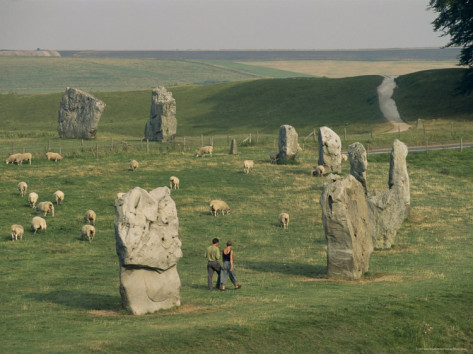
Avebury Stone Circle, Avebury, Unesco World Heritage Site, Wiltshire, England By Adam Woolfitt
4K notes
·
View notes
Photo
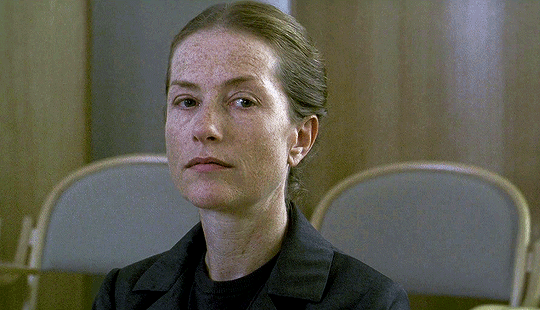

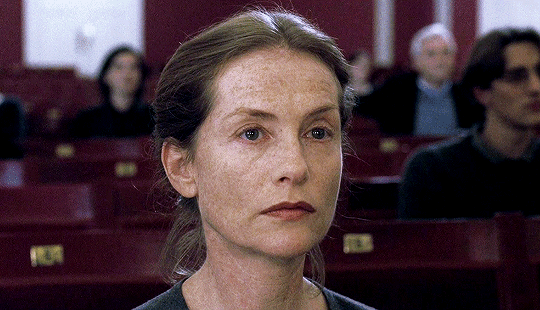


Isabelle Huppert in The Piano Teacher (2001) dir. Michael Haneke
1K notes
·
View notes
Text

Francis Bacon, Photo by by John Deakin, 1962
1K notes
·
View notes
Text
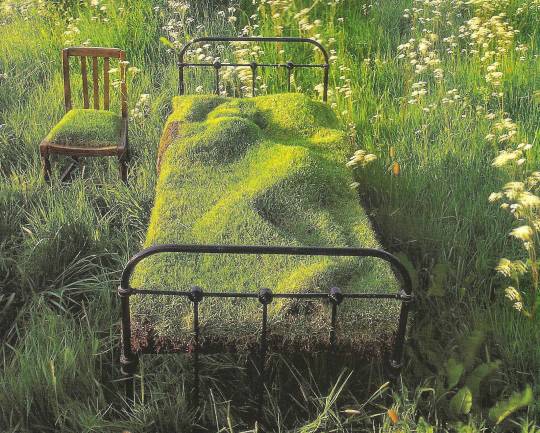
'george wright's garden in dorset, england' in livingsculpture - paul cooper (2001)
16K notes
·
View notes
Photo

Saints Catherine and Barbara (1510-20)
Master of Frankfurt (1460–c. 1533)
637 notes
·
View notes
Text
“I, the fiery life of divine essence, am aflame beyond the beauty of the meadows. I gleam in the waters. I burn in the sun, moon, and stars. With every breeze, as with invisible life that contains everything, I awaken everything to life. I am the breeze that nurtures all things green. I encourage blossoms to flourish with ripening fruits. I am the rain coming from the dew that causes the grasses to laugh with the joy of life… I am the yearning for good.”
— St Hildegard (about Sapientia/Caritas, St Hildegard’s female depiction of God)
937 notes
·
View notes
Text

MARINA ABRAMOVIĆ
LIPS OF THOMAS // 1975-97
[color photograph | 50.5 x 50.5”]
829 notes
·
View notes

